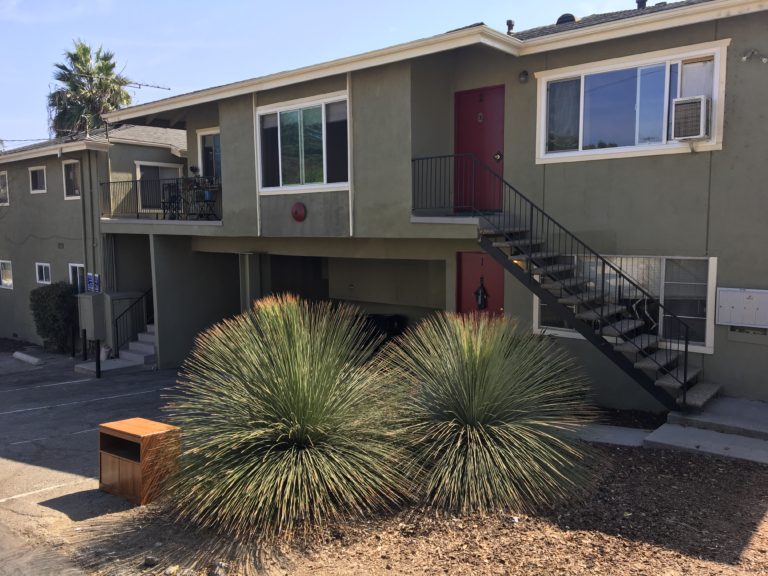Concrete Tilt-Up is a construction method where large concrete panels, often walls, are cast horizontally on the ground, then tilted into a vertical position to form the walls of a building.
This method is efficient for constructing warehouses, industrial buildings, and commercial structures. It offers cost savings and durability while allowing for versatile architectural design and quick assembly.
Our Concrete Tilt-Up construction service usually involves the following steps:
Our Concrete Tilt-Up construction offers advantages like cost-effectiveness, speed, and design flexibility, making it a popular choice for various commercial and industrial projects.
Contact us to request an assessment.
